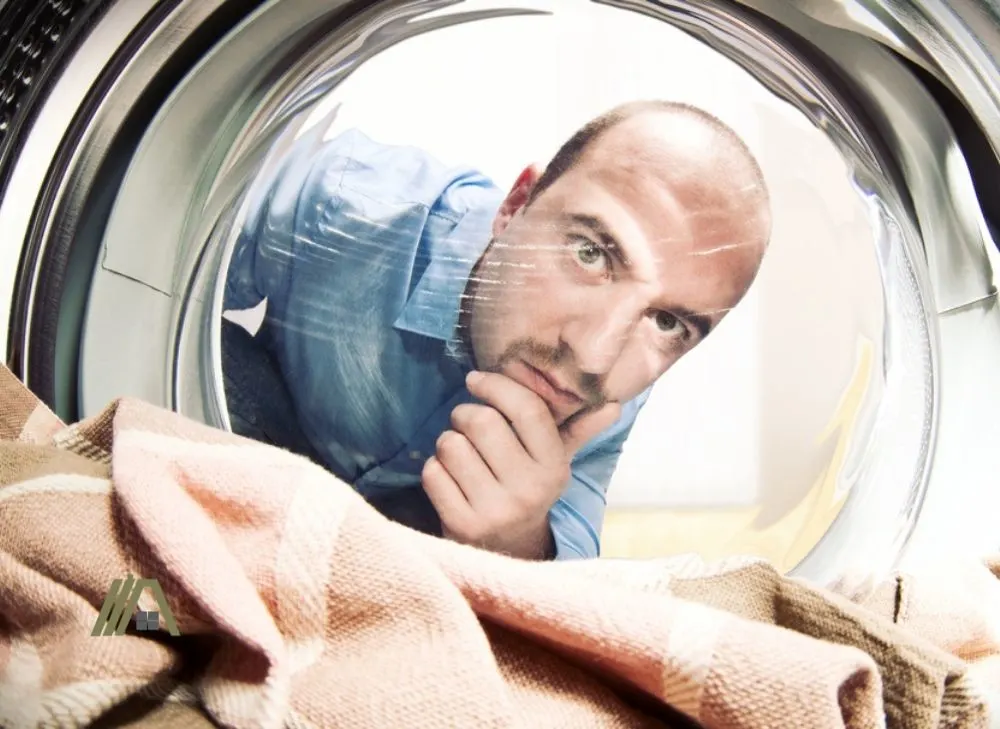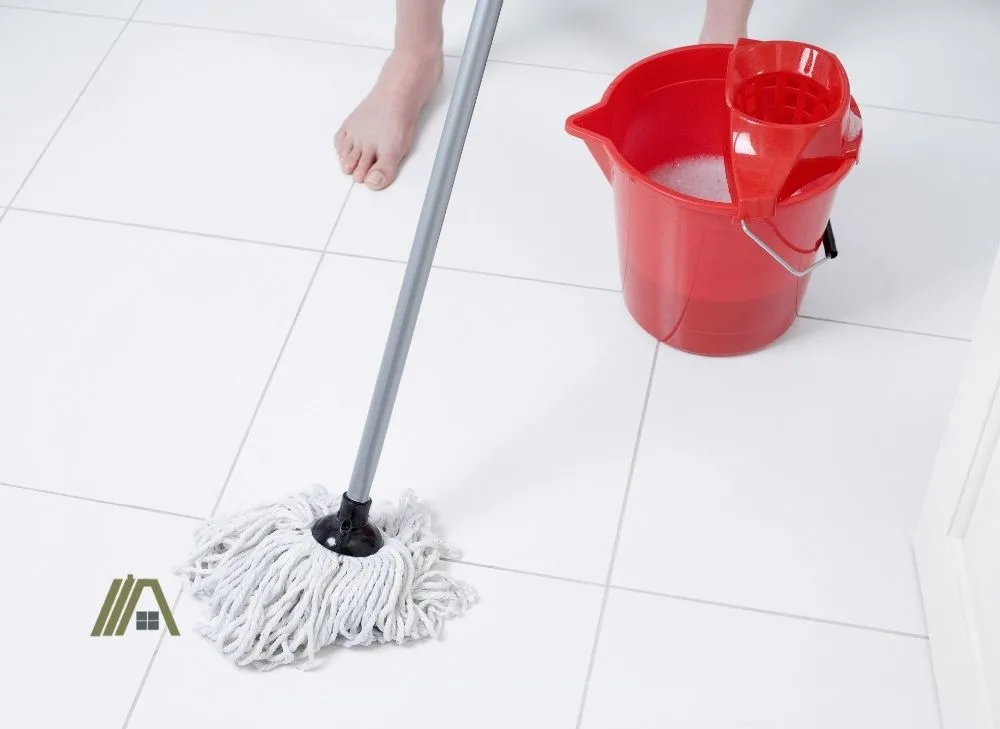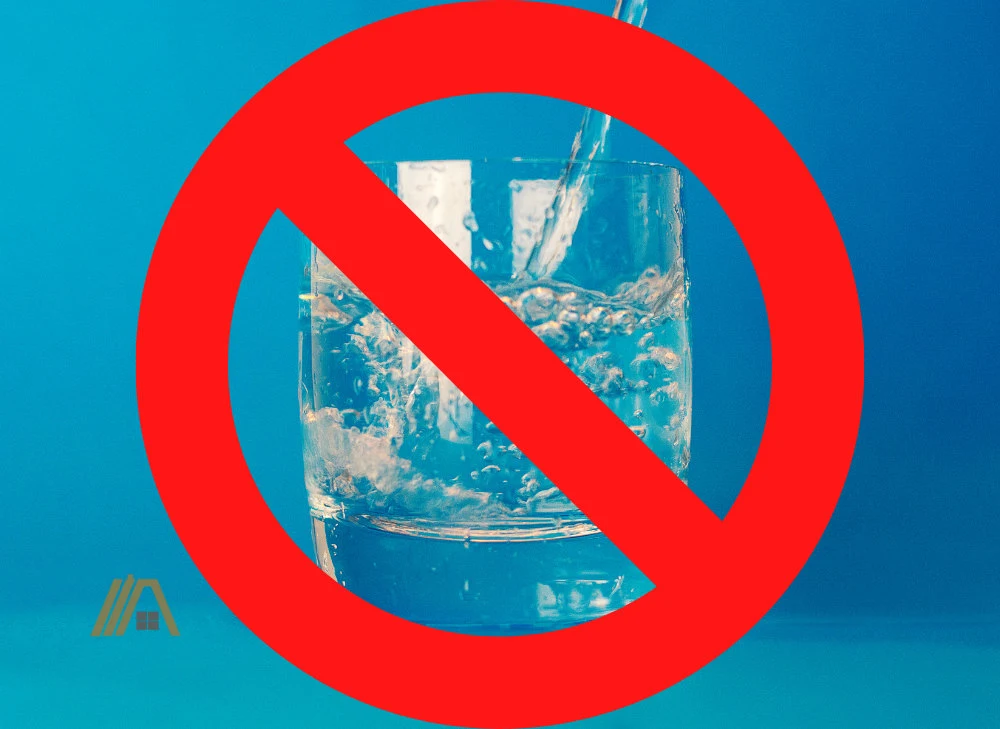Many of us are looking for ways to save some water, and so it is normal to feel a bit guilty when emptying a whole container of what seems to be perfectly clean water down the drain. Perhaps you have heard that dryer water is distilled water, and you are wondering whether you could help the planet and save some money by using it instead of buying distilled water.
Let’s look at the differences between distilled and dryer water and see whether it is safe to use dryer water instead of a purchased distilled bottle.

Tumble dryer water is impure distillate. The water has been evaporated and condensed, but it hasn’t gone through the proper methods to remove impurities during this process. Certain minerals will be removed, but other matter remains. Also, the collection tank can collect lint and dust and grow mold or mildew.
Defining Distillation
During water distillation, the water is first brought to a boil and then left to evaporate. This kills microorganisms and purifies the water from contaminants, such as minerals or metals.

These contaminants have a higher melting point than the boiling point of water, so they are left behind while the water turns to steam. The steam is then cooled and condensed back into water, which is collected.
Dryer Water Is Technically Distilled
Dryer water is essentially distilled. However, this water is typically considered to be impure distillate. This is because it doesn’t go through a regular water distillation process.
During regular water distillation, the water is brought to a boil; this does not happen during the drying cycle. Thus, it is not as sterile as steam distilled water would be.
So, what happens to the water in a tumble dryer, you may ask?
Condenser dryers dry your clothes by heating the air and passing it through the clothes. The air collects moisture and travels to a heat exchanger, where it is cooled and condensed. Any moisture is drained into the water container.
The air is then reheated and passed through the clothes again. This process is repeated until all the moisture is removed and the clothes are dry.
Although this process could technically be considered water distillation, it doesn’t allow the water to boil away all its impurities, and it leaves the water contaminated with various particulates and microorganisms. Instead, many of these are condensed with water when it is cooled.
Particulate Contamination of Dryer Water
While dryer water might not have mineral impurities, it almost certainly contains lint, dust, and other particles. How do these particles end up in the condenser water container?
The fabric fibers (lint) that loosen during the drying process can settle in the water container at the end of the drying cycle. As for dust, it comes down to its uncanny ability to get just about anywhere.
While some of these impurities can be filtered, it is impossible to filter all of the contaminants, especially the invisible ones such as detergent remnants, perfumes, bacteria or mold, and mildew.
This makes the dryer water less clean than distilled water, meaning it is not suitable to be used as a replacement for distilled water.
What Can Dryer Water Be Used For?
Reusing your dryer water can be great for the planet as well as your wallet. However, there is a bit of discussion about what this water is safe to use for.
One popular question is whether it is okay to use dryer water in a steam iron. We have recently dived into this topic, and I can tell you it is very complex. But luckily, there are many more clever ways to use your dryer water:
- Use the water for cleaning. Dryer water is ideal for cleaning as you don’t have to worry about detergent residue since you are likely to add more cleaning products anyway. Whether you’re looking to mop the floors or clean your bath, toilet, or outside furniture, this water will do the job.

- You can flush the toilet with it.
- Use it in your washing machine. It can be a little tricky to make this work, but once you do, it is a very efficient way to conserve some water.
And there is more! If any of these caught your attention or you would like some more ideas, check out our article about the best uses for condenser dryer water.
Filtering the Water Is a Good Idea
Dryer water might look pretty clean, but we already know that is usually not the case. The particles it contains could cause problems when you are using the water, so it’s best to get rid of them.
For example, when you are using dryer water in a steam iron, the particles in the water could get ironed into your clothes or damage the appliance.
On the same note, if you used this water to mop your floors, the last thing you want to see after you’re done is dried lint on your hardwood floor. This is where filtering the water comes in.
Using a coffee filter paper (amazon link) or a fine-mesh sieve (amazon link) should be enough to catch these problematic particles and make your mind easy when reusing dryer water.
What Dryer Water Should NOT Be Used For
Let’s forget about the disputed topic of using dryer water in steam irons for a moment and look at some uses of condensed water that are unarguably dangerous.

You need to remember one thing about dryer water—it is not safe for consumption. It is highly discouraged to drink it, cook with it, or even rinse your vegetables with it.
This comes as no surprise. When we consider all the impurities this water can contain, I doubt that anyone would be tempted to drink it.
But if you ever entertain the idea of somehow consuming your dryer water, remember that it also contains remnants of detergent and potentially mold, mildew, algae, and bacteria.
This brings me to the second thing you should never use dryer water for. It is not suitable for watering some plants. Firstly, any edible plants are off the table since they are intended for consumption.
Also, any alkaline soil plants or newly sprouting plants and seedlings should not be watered with dryer water. This is because dryer water is acidic, and these plants would not be able to withstand it. Due to its acidity, the water is also not suitable for watering any potted plans.
Sources
https://www.drinkmorewater.com/distilled-or-purified-water
https://sciencing.com/steam-distillation-vs-simple-distillation-8407975.html
https://inthewash.co.uk/tumble-dryers/condenser-dryer-how-it-works/
